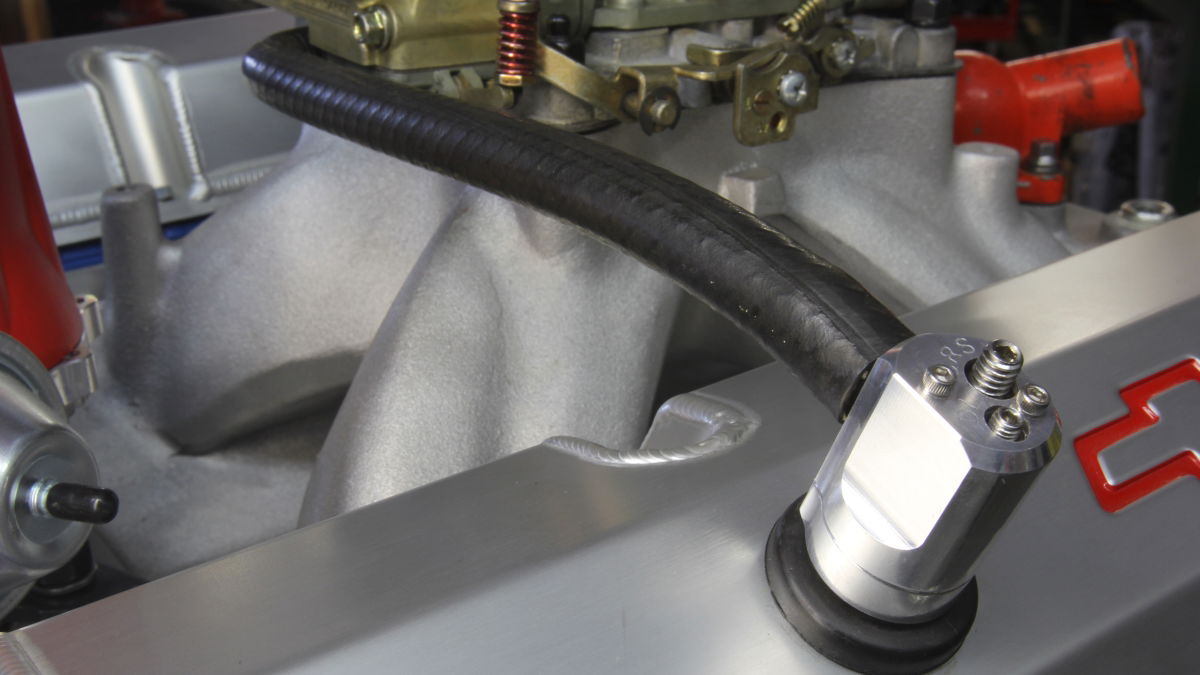What Is 'Rev Hang' And Why Do Petrolheads Hate It?

When you dip the clutch in a car, the revs will drop. This is due to the inertia of the flywheel, and the lack of air going in the intake as the throttle is release. After the gear change is over and the clutch is released, the engine speed will go back up again, meeting the transmission speed.
However, rev hang is when the engine speed doesn’t immediately drop once the clutch is actuated, and instead descends very slowly, as if there were some form of restriction. In extreme cases the engine speed will even rise slightly when the engine and transmission are disengaged.
This obviously isn’t ideal for changing gear. If the engine speed doesn’t drop enough during the process of dipping the clutch, changing gear and then releasing the clutch, the engine speed and the rate at which the flywheel is rotating will be much higher than the speed that the friction plate is rotating at.
This creates a horrible jerk as a braking force occurs when the powertrain and transmission are reengaged and forced to spin at the same speed. This can be frustrating if you’re wanting to perform a quick, slick gear change, as you have to wait for the revs to drop to a reasonable level before upshifting to the next gear to avoid stunted progress.
The cause of rev hang can be put down to the war on emissions. Recently, manufacturers have been intentionally implementing rev hang within ECU programming to save themselves from a potential emissions scandal. When the throttle is released and the clutch is dipped, an ECU with rev hang is programmed to leave the throttle slightly more open than usual.
This strategy is used because it was found that suddenly closing the throttle produced a sudden spike in gas pressure within the crankcase which emphasised the rate of oil vaporisation, thus adding to emissions from the engine. Also, when the throttle is suddenly shut, the fuel mixture suddenly becomes lean which creates NOx (oxides of Nitrogen) which also contributes to emissions.
By keeping the throttle open for a small period of time after the pedal had been released, this pressure spike was avoided and cleaner emissions were achieved. Found most prominently in US-spec vehicles to meet the emission rules over the pond, this pre-programming has frustrated many owners since its development. Rev hang can even be found in Subaru’s WRX STI, along with prominent cases in VW and Hyundai products.
To help eradicate this high pressure within the crankcase, a PCV (positive crankcase ventilation ) valve is used which can reduce the need for a rev hang system when fully functioning. This PCV valve is used to regulate the pressure within the crankcase that can fluctuate to high levels when gear changes occur. In internal combustion engines, it is inevitable that a small amount of ‘blow-by’ occurs, which is when gases from the combustion chamber seep past the piston rings and travel down into the crankcase. The job of a PCV valve therefore is to remove a proportion of the blow-by fumes away from the crankcase, thus reducing the amount of high pressure gas contained within.
Although an intentional rev hang system would go a long way in saving your oil levels and help your car sail through an emissions test, most petrolheads only see it as a hindrance to their driving pleasure. With a quick reprogramming of the throttle body control codes and a bit more competence when it comes to checking oil levels, rev hang can be eradicated and your gear changes can be as smooth and as quick as you desire.
Do you have a car that features rev hang as a setting within the ECU from factory? Let us know your experiences!

Comments
2012 focus DCT seems to do it bad. Braking into a turn it’s at 3k and is a little tough to maneuver when coming out of the turn revving high and jerking like it does anyways.
I’ve experienced this!! but I thought it was normal! like the flywheel is just that heavy or something. and coincidentally I have a STi, Hyundai and GTi at my house, all three that was mentioned! the Hyundai rev hang is extremely noticeable, I’ve always had to wait a second before releasing the clutch to get a smooth shift, even contemplated on getting a lighter flywheel to make it rev down faster… NOW I KNOW!
This actually let’s more pollutants in the air, but the government doesn’t care about quantity, they only care about the quality for that quarter second vs the 2 sec Rev hang.
That’s a Volvo dashboard
My girlfriend’s FA5 civic Si does this and I thought it was just due to having a heavier flywheel than on my AP1. Never knew it was some intentional bs they programmed on that stupid drive by wire. Cable throttle forever!
This was one of the main reasons i sold my 8th gen civic. It also reduced the sensitivity of the throttle at under 20kmh and had a 4k rev limiter when the car was stopped so no 6k clutch drop skids. My 06 forester has electonic throttle and has none of these problems
Very interesting, but Civic barefoot….please nooooo
I hate the rev hang. It drives me crazy! Between the rev hang and the clutch delay valve, it makes me seem like a noob driver.
i had a 2014 WRX Hatch, and can confirm this. can also confirm it’s very annoying
cheesy
Pagination